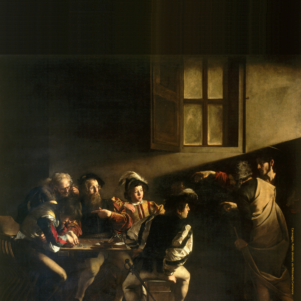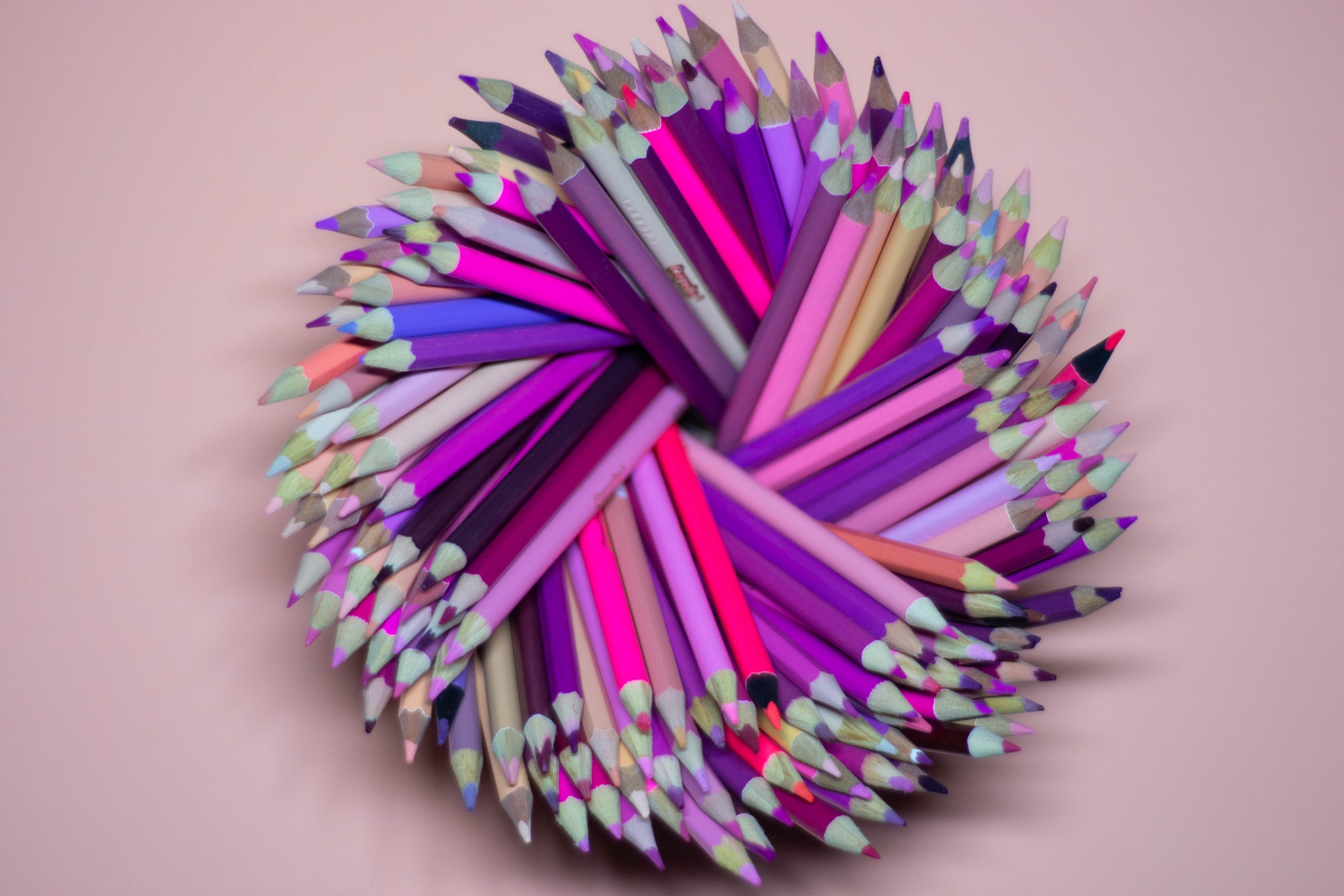Life as a Work of Art
Article By Kanika Mehra
 As far back as I can remember, Art has always been the first language that I could understand and express myself most naturally through. At an early age I was lucky to be exposed to the world of classical art and artists by my grandfather. Every summer vacation when I would arrive at my ancestral home in Kashmir, my grandfather would gift me a book from his library on one of the classical artists and I would spend my summer engrossed for hours, lost in the dramatic and intimate portraits of Rembrandt, the powerful and intense realism of Caravaggio and the visionary world of Da Vinci.
As far back as I can remember, Art has always been the first language that I could understand and express myself most naturally through. At an early age I was lucky to be exposed to the world of classical art and artists by my grandfather. Every summer vacation when I would arrive at my ancestral home in Kashmir, my grandfather would gift me a book from his library on one of the classical artists and I would spend my summer engrossed for hours, lost in the dramatic and intimate portraits of Rembrandt, the powerful and intense realism of Caravaggio and the visionary world of Da Vinci.
During the pandemic I had the opportunity to do 2 courses in Classical Oil Painting.
In this article I would like to share some of my reflections and the learnings that I gained while investigating the life and techniques of renaissance artists and studying Grisaille and Chiaroscuro, which are both classical painting techniques and have been used by artists for centuries.
Grisaille in French means “greyness” and is an art technique commonly used in oil painting, that involves creating an underpainting of monochromatic grey tones to establish form and value. It serves as a foundation for the subsequent layers of colour. After the Grisaille underpainting has dried, many layers of translucent glazes of color are applied which allow for the building of depth and illumination of color. It first appeared in 12th-century stained glass windows, and later in manuscripts, frescos, altarpieces, silks and enamels.(1) It then became popular in the Renaissance era (14th to 17th Century) where artists like Leonardo da Vinci used it in their works. It continued to be used in the Baroque period (17th–18th century) in frescos and murals.
The word Chiaroscuro is Italian in origin: “chiaro” means light and “scuro” means dark. This technique has more ancient roots but gained its popularity during the Italian Renaissance period with artists such as Caravaggio, Da Vinci, and Rembrandt. They created the illusion of 3-dimensional form using the contrast of extreme light and shadow.
As an aspiring philosopher, a member of New Acropolis school of philosophy for about 9 years, I have learnt to look at life and all its aspects through the lens of philosophy. As my painting courses progressed I began to realize that I was learning much more than how to add depth to create a beautiful painting; the learnings permeated beyond the boundaries of my canvas into my life.
BUILDING CHARACTER
From Grisaille, I learned how the artist first sets the foundation in monochromatic shades and then applies numerous layers alternately of color and glaze. It is the patient building up of layers of colour that adds beauty, depth and complexity to the artwork.
Similarly, in our life, we too can work on building our character by conscientiously developing qualities such as generosity, courage and compassion. Just as artists work tirelessly to create their masterpieces, we too can look at our lives as masterpieces in progress, in the pursuit of becoming the best of ourselves; but first we need to build a strong foundation of ethical values and virtues, that will bring depth, clarity and meaning to our lives.
UNVEILING WHAT IS HIDDEN
Michelangelo who sculpted the astonishing marble masterpiece, the statue of David, was able to see the beautiful form in an uncarved rock and is famously supposed to have said, “I saw the angel in the marble and carved until I set him free.” While his actual words may have been romanticized in this quote, it is clear what he meant: that he could see the potential of something concealed within the rock and clearly saw how he needed to chisel away all that was extraneous to give it a visible, tangible form.
When we embark on this journey of self-discovery, we too can unveil our hidden strengths and virtues which are already there within us, and reveal our inner beauty and potential. In order to do that we must persevere in looking inwards, and chisel away at everything that is blocking our growth, such as our tendencies and habits that don’t serve us.
FINDING BALANCE IN LIGHT AND DARKNESS.
Just as in the chiaroscuro technique the artist must maintain a balance between the contrast of light and darkness, we too need to find balance and a deeper understanding between contrasting aspects in our lives. Experiencing moments of sadness allow us to truly appreciate the joyful moments, and moments of weakness become the stepping stones to discover the reservoirs of strength we carry within. It is through acknowledging the shadows that light gains significance, and in understanding our vulnerabilities, strength finds its true potency. These contrasting aspects of our lives even though they may seem contradictory, serve as a compass for self-discovery, when we are able to recognize and work with them together.
FINDING BEAUTY IN THE MIDST OF DARKNESS
To find valuable lessons in challenging circumstances is to be able to see Beauty in the midst of Darkness. Just as an artist uses shadows to create depth in a painting, let us look at the challenges that life brings us as shadows that help us develop strength and a deeper understanding of the meaning of life. Like the shadows bring out the contours and highlights in a painting, the obstacles we face in life sculpt our character and reveal our resilience.
It is this interplay of light and darkness that transforms a 2-dimensional painting to 3 dimensional one, making it lifelike. Much like an artist who embraces shadows to breathe life into a canvas, confronting our challenges with an adventurous spirit, allows us to tap into our hidden reservoirs of strength and fortitude. It is through these experiences that we grow and transform into more evolved, stronger and wiser human beings.
Perhaps the most important lesson that these art techniques have reiterated to me, is to learn to look at life with a deeper lens: Now, instead of dreading difficult situations, I constantly try to navigate them by understanding that though they seem daunting, they enrich our lives by contributing to our self-growth. By merely changing our perspective, we can see shadows as opportunities for transformation. I am on this journey, and I have a lot more to work on, but the joy of walking this path and the discoveries it continually brings to light along the way is what I would like to share with you. Like the sculptors’ diligent chiseling away to reveal an object of beauty, I invite you to approach life’s challenges with a willingness to illuminate and unveil what is hidden within you!
Image Credits: By http://www.ibiblio.org/wm/paint/auth/caravaggio/calling/calling.jpg | Wikimedia Commons | CC BY PD
The entity posting this article assumes the responsibility that images used in this article have the requisite permissionsImage References
By www.ibiblio.org/wm/paint/auth/caravaggio/calling/calling.jpg | Wikimedia Commons | CC BY PD
Read the original article on http://theacropolitan.in
Permissions required for the publishing of this article have been obtained
Article References
References: colour-illuminated.fitzmuseum.cam.ac.uk/explore/grisaille-in-manuscript-painting




What do you think?